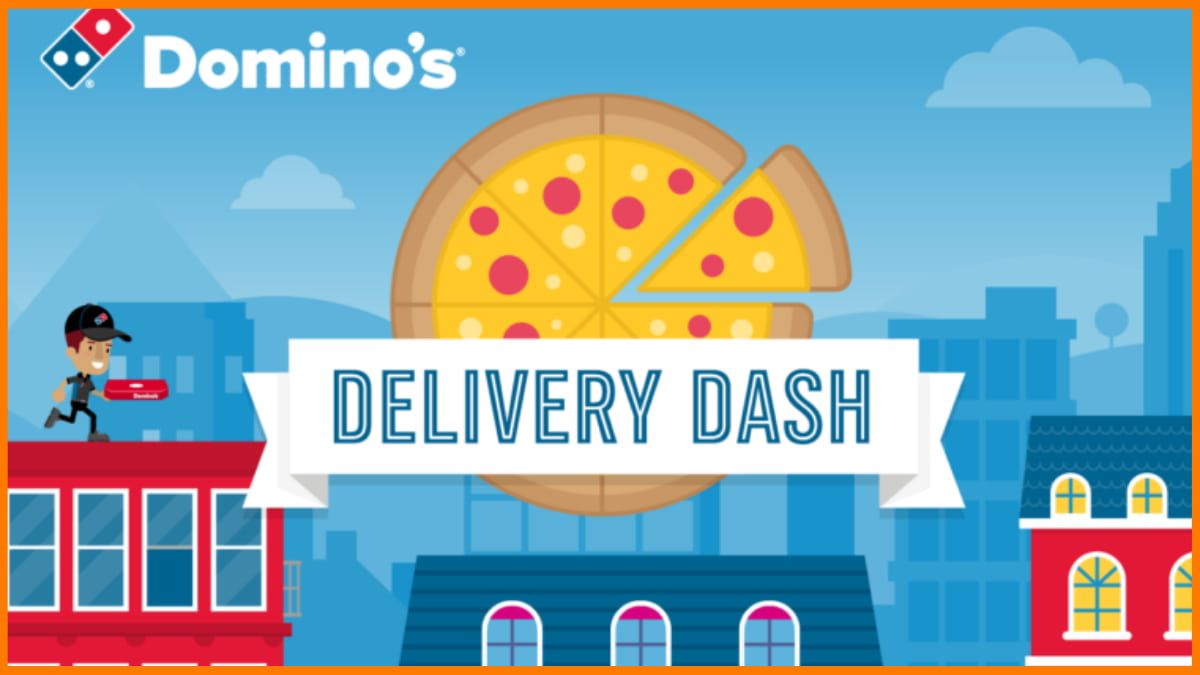Gojek is an Indonesian super app which is a one-stop destination for paying bills, booking movie tickets, ordering food, buying groceries, sending or receiving packages, booking two-wheeler or four-wheeler taxis, paying money digitally and much more. The company provides 20+ services to consumers.
The company which started as a ride-hailing service with just 20 motorcycles is now Indonesia’s first decacorn.
In May 2021, Gojek merged with Indonesian e-commerce company Tokopedia to form GoToGroup. The company has created its own ecosystem and is growing at a rapid scale.
In the beginning, the company faced tough competition from Uber but, still, the company was able to beat the company all thanks to its business and revenue model.
Let’s decode the business and revenue model of Gojek, shall we?
What is Gojek?
Main Services of Gojek
Target Audience of Gojek
Business Model of Gojek
What Is Unique About Gojek?
How Does Gojek Make Money?
How Did Gojek Destroy Uber?
What is Gojek?
Gojek is an Indonesian company that has a super app using which you can pay money digitally and get access to on-demand services in various sectors like transport and logistics, food and shopping, daily needs, business, news and entertainment. Basically, the app is a one-stop destination for users to get a wide variety of services.
Gojek operates in 5 counties: Indonesia, Vietnam, Singapore, Thailand, and the Philippines. The headquarters of this company is in Jakarta.
The journey of the company started in 2010 when the company had 20 motorcycle drivers who were providing on-demand bike rides to passengers. Later, the company started providing food delivery and courier services.
Although things completely changed for the company when it launched its official app in 2015 with four services: GoRide, GoSend, GoShop, and GoFood. Later, Gojek changed its business model to a super app and the rest is history.
Main Services of Gojek
Gojek provides 20+ services to its users:
Transportation and Logistics:
- Goride: Get a two-wheeler taxi and reach your destination on time.
- Gocar: Book a four-wheeler taxi.
- Gosend: Send or receive packages within a few hours.
- Gobox: If you moving out and want to shift your goods to the new house you can use this service.
- Gobluebird: Book exclusive Bluebird rides (Bluebird is Indonesia’s leading taxi operator).
- Gotransit: Acts as a trip assistant where users can plan, track and reach from one destination to another using: public transportation, Gojek transport or a combination of both. This service provides real-time updates.
Food and Shopping:
- Gofood: Order food online from your favourite restaurant.
- Gomall: Buy products from the online marketplace.
- Gomart: Get groceries at your doorstep.
- Gomed: Buy medicines from licensed pharmacies.
Payments:
- Gopay: 4th largest e-wallet service in Indonesia
- Gobills: Pay your bills online.
- GoPaylater: GoPayLater from Findaya provides a payment method where users can pay bills, buy clothes and pay the money in the upcoming months
- Gopulsa: Top up your data and talk time.
- Gogive: Donate money to the trusted NGO and GO beneficiaries.
- Goinvestasi: Buy and sell gold and get the money credited to your Gopay account
Daily Needs:
- Gofitness: Access exercises such as yoga, Zumba, pilates and many more
Business:
- Gobiz: This service is especially for merchants who want to manage and grow their business.
News and Entertainment:
- Gotix: Book movies and events tickets
- Goplay: Stream movies and web series
- Gogames: Get gaming tips, top-up gaming credits and watch your favourite gamers
- Gonews: Read the latest news
Target Audience of Gojek
The target audience of Gojek is people between the age group of 18-34 years old who live in urban cities. The company also targets people who are not financially stable by providing them with their digital payment service: Gopay.
Since Gojek provides a wide variety of services they are able to cater for the needs of a larger audience. Their super app model allows them to connect with different kinds of people from different sectors.
Business Model of Gojek
Gojek follows the super app business model where they provide a wide range of services to its users on a single platform. This means that instead of using one app to book movie tickets and another app to send packages they can use Gojek to fulfil both of their demands.
The super app model provides a more convenient approach and also saves time for the consumers. This business model works really well because nowadays consumers have become impatient and want things as fast as possible.
The business model of Gojek revolves around three segments: consumers, merchants and drivers.
Let’s see how the super app works for these three segments:
Consumers:
First consumers need to identify what kind of service they want. For example, do they want to book movie tickets, send packages, book a two-wheeler or order food?
If the customers want to order food online, Gofood is the right option. The second step would be to select their desired food and add it to the cart. Finally, they have to pay the money. After paying the amount consumers will receive the food at their doorstep.
Merchants:
Once the food is ordered or any kind of service is requested the merchants will receive the order details in their Gojek app. Once merchants understand the order details they need to start processing the order. In the meantime, the delivery driver is on his way to get the product.
Merchants have to make sure that they make the product or service as soon as possible. Once the order is ready, the delivery guy takes the product and delivers it to the customer. When the product is handed over to the delivery guy the money is instantly deducted from the merchant’s Gopay wallet.
(All the transactions on Gojek are majorly done via Gopay)
Drivers:
Drivers need to first sign-up with Gojek by providing some basic details like name, address, identity proof, vehicle number, license number and many more. The internet connection of drivers needs to be really good if they want to receive a large number of orders.
Drivers can choose from a wide variety of services. They can sign up as the two-wheeler taxi driver, car drivers, delivery guys and much more. To get started they need to turn on the online icon which is present in the Gojek app. Once they turn it on, they will start receiving the orders.
If a delivery guy is busy delivering products, the app shows him busy and the order is automatically assigned to another driver.
What Is Unique About Gojek?
The USP of Gojek is that the company provides 20+ services which users can access from just a single app. To beat its competition the company started using scooters and motorcycles instead of cars to avoid the huge traffic jams. Due to this brilliant idea, the services of Gojek became more premium and hassle-free.
How Does Gojek Make Money?
Commission from Consumers:
Gojek gives a one-stop solution to its consumers for all their demands. They don’t have to install numerous apps to fulfil their needs. Instead with just Gojek, they can access 20+ services. For this convenient and fast service, consumers need to pay a service charge of 10% of the order.
Commission from Merchants:
A lot of merchants want to showcase their products and services on Gojek. Due to the huge customer base and popularity of this super app, everyone wants to grow their business and open new streams of revenue. Gojek takes a small commission from the retailers on each order that they get. This commission is automatically deducted from the retailer’s wallet when they hand over the product to the delivery guy.
Commission from Drivers:
Drivers and delivery partners also need to pay Gojek a commission of 20% on each order delivered. This is a smart strategy since it encourages drivers to deliver more products in order to gain profit.
How Did Gojek Destroy Uber?
In the beginning, when Gojek started its ride-hailing service its biggest competitor was Uber which had already earned its name in the market. Although Uber wasn’t able to capture the market and its newly arrived competitor Gojek grew both its customer base and profit.
What is one thing that allowed Gojek to beat Uber?
Gojek was able to beat Uber because the company had studied the local market of Indonesia in detail. The company had understood most of the cities in Indonesia has a huge traffic jam. In this condition, using cars to deliver passengers won’t be a smart decision.
To avoid traffic jams and speed up their process Gojek started using scooters and motorcycles. This made the transportation service of Gojek much more convenient and hassle-free. On the other hand, Uber’s business model was purely revolving around cars which made it impossible for the company to grow.
Another advantage of incorporating scooters and motorcycles in their business model was that it was much cheaper for people to buy two-wheelers than a four-wheeler. This helped Gojek to get a huge amount of drivers.
After that Gojek transformed itself into a super app which further helped the company to capture the whole market.
Conclusion
The business and revenue model of Gojek taught us that we should always understand the target audience’s needs and behavioural patterns. We should also study the local market in great detail. These two things will allow you to build a powerful business model.
Gojek understood that most of the cities in Indonesia have a lot of traffic congestion. So, when the company started its ride-hailing service it started using scooters and motorcycles instead of cars to avoid traffic jams. This made the company’s services more premium and attractive.
After that, they started giving a wide variety of services to acquire more customers. Gojek is successful today because they have simplified the customer journey and made their services top-notch.
Remember, when you provide quality services to the customers your business will automatically grow. You should always try to innovate and aim to make the lives of your customers easier and happier.
FAQs
How does Gojek operate?
Gojek follows a super app business model where they provide a wide range of services like paying bills, booking movie tickets, ordering food, buying groceries, booking a four-wheeler or a two-wheeler taxi and much more on a single platform. Gojek operates with 3 people in its business model: Consumers, merchants and drivers.
How does Gojek make profits?
Gojek earns profits by taking commissions from its consumers, merchants and drivers. Consumers need to pay a service charge of 10% of the order. While the drivers receive a commission of 20% on each order delivered.
How does Gojek make profits?
Gojek focuses on bikes and scooters instead of cars to avoid traffic jams and speed up their process.













































